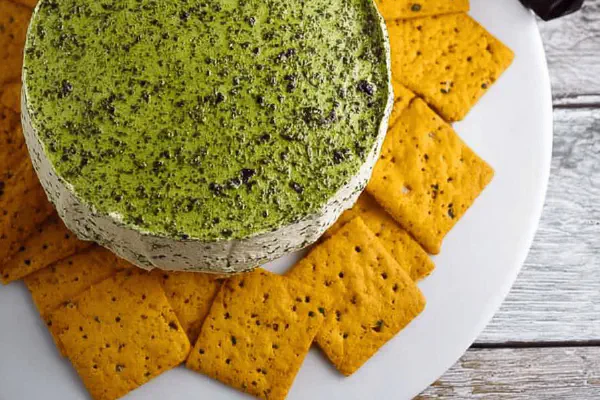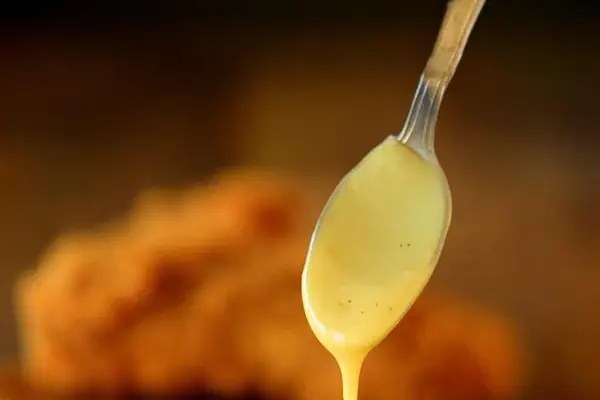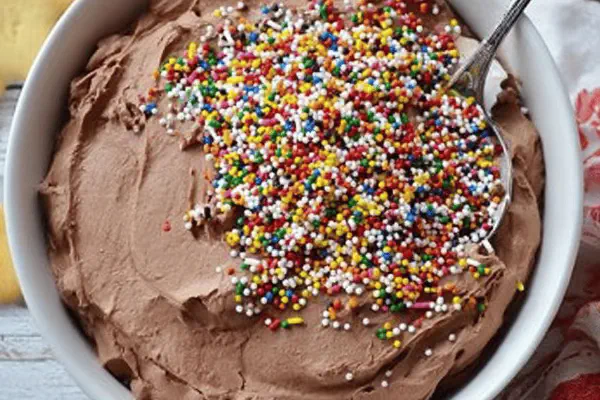Layered Pesto Ricotta Dip

By Emma
Certified Culinary Professional
Ingredients
Green pesto layer===2 cups fresh basil leaves, 1/3 cup toasted walnuts (substituted pine nuts), 1/2 cup grated parmesan, 1/3 cup olive oil, 2 garlic cloves, salt to taste
Ricotta cheese layer===1 1/2 cups whole milk ricotta, 1/2 cup shredded mozzarella, 1/4 cup grated pecorino romano, 1/4 teaspoon freshly cracked black pepper, pinch red pepper flakes
Red pesto layer===1 cup sun-dried tomatoes (packed in oil, drained), 1/4 cup toasted walnuts, 1/4 cup grated parmesan, 1 garlic clove, 1/3 cup olive oil, 1 teaspoon red wine vinegar
About the ingredients
Method
- Prep a 6-inch round cake pan about 3-4 inches tall. Line fully with plastic wrap – this helps lift out the dip cleanly. Don't skip lining edges well; plastic sticking tight is key.
- Load green pesto ingredients into a food processor. Blitz until almost smooth but still with tiny bits—texture matters, not puree. Taste, adjust salt or oil if too thick. Spread evenly in cake pan. Use rubber spatula, press gently to eliminate air gaps.
- Wash and dry food processor parts completely between layers. Moisture leftover ruins clean layers and thins the middle cheese layer.
- Blend ricotta, mozzarella, pecorino, black pepper, and red flakes in food processor until thick and fluffy. This layer is creamy but holds shape. Spread over green pesto carefully; avoid pushing so hard you swirl the layers. Smooth with backside of spoon.
- Next, process red pesto like green, but add a splash of red wine vinegar to brighten tartness. Blend until just coarse. Spread gently over cheese layer evenly.
- Cover cake pan tightly with aluminum foil. Refrigerate for around 10-14 hours to firm up properly. Can freeze up to two weeks; when freezing, wrap extra tight with plastic wrap, then foil. Remove from freezer 5-6 hours prior to serving—slow thaw keeps layers set.
- When ready, invert dip onto a wide serving plate—plastic wrap loosens easily. If it sticks, run thin knife around edges first. Serve with sturdy chips like blue corn or multigrain. Crunch contrast is everything.
- If layers mix or look watery, likely over-blended or insufficient chilling. Make sure nuts are toasted dry, not oily. Drain sun-dried tomatoes thoroughly; excess oil thins layers.
- Feel free swapping walnuts for pecans or almonds if allergic, but toast nuts for best flavor. Ricotta can be blended with cream cheese if you want a sharper tang or firmer texture.
- Last-minute tip: pulse garlic finely to avoid harsh blobs, blending spores instead of smooth paste makes bite interesting. Also, if using blender over food processor, pause often to scrape sides, keep control.
- I’ve tried crowd-sized batches for parties; doubling pans keeps layers intact better than stacking in big dishes. Also, less mess when guests dig in – no drainage, no smear.
Cooking tips
Chef's notes
- 💡 Dry toast walnuts properly; watch closely so they don’t burn. The nut aroma signals readiness—golden brown, warm smell, no black spots. Burnt nuts become bitter quickly and wreck flavor. Use a heavy pan, stir constantly. Can swap pecans or almonds but toast same way. Taste nuts before adding to layers.
- 💡 Plastic wrap in pan key for clean removal. Press layers gently but firmly to avoid air gaps that cause cracking or crumble. Avoid pushing too hard or swirling mixtures together; you lose sharp layer definition. Spread ricotta carefully—thicker, fluffy enough to hold shape. Use back of spoon to smooth marks and keep edges tidy.
- 💡 Dry and clean food processor parts fully between blends; even small water drops thin ricotta layer into runny mess. Layer drying also avoids colors bleeding together. Ricotta mozzarella mix adds body, keeps thick texture; no watery or grainy mouthfeel. If texture feels thin, chill longer before serving.
- 💡 Pesto texture should be coarse bits, not puree. Rough chop basil, nuts, grated cheese, garlic. Over-blending kills bright green color and visual contrast. Red pesto needs sun-dried tomatoes drained well—excess oil ruins middle layer, thins out red and white layers. Add splash red wine vinegar at blend end to sharpen tartness, lift flavors.
- 💡 Freeze tip: wrap tightly first in plastic, then foil to avoid freezer burn or soggy texture. Freeze max two weeks. Slow thaw in fridge 5-6 hours minimum to keep layers set and sliceable. Room temp thaw risks layers running together, crushed look. Cover well in fridge to prevent drying out or smelling fridge flavors.
Common questions
Can nuts other than walnuts be used?
Substitute pecans or almonds fine. Toast nuts dry same as walnuts. Flavor shifts slightly but toast brings crunchy, nutty notes intact. Avoid oily nuts or pre-toasted; raw best for controlling taste and texture.
How to fix watery layers?
Check sun-dried tomatoes drained fully. Dry nuts well before blending. Dry food processor parts between layers; even small moisture thins ricotta layer. Over-blending pesto also breaks texture. Chill layers longer to firm up if still loose.
What to do if dip sticks to pan when inverting?
Use thin knife to run around pan edges before flipping. Plastic wrap helps but can stick if not lined fully or edges missed. Press plastic wrap well inside corners to prevent gaps or wrinkles that cause sticking.
How long can leftovers be stored?
Refrigerate in covered container up to 3 days; keep chilled tightly. Freezing possible for 1-2 weeks wrapped well. Thaw slow in fridge at least 5 hours to keep layers firm; thawing faster leads to soggy, mixed layers. Cover refrigerated leftovers to avoid smell absorption.



